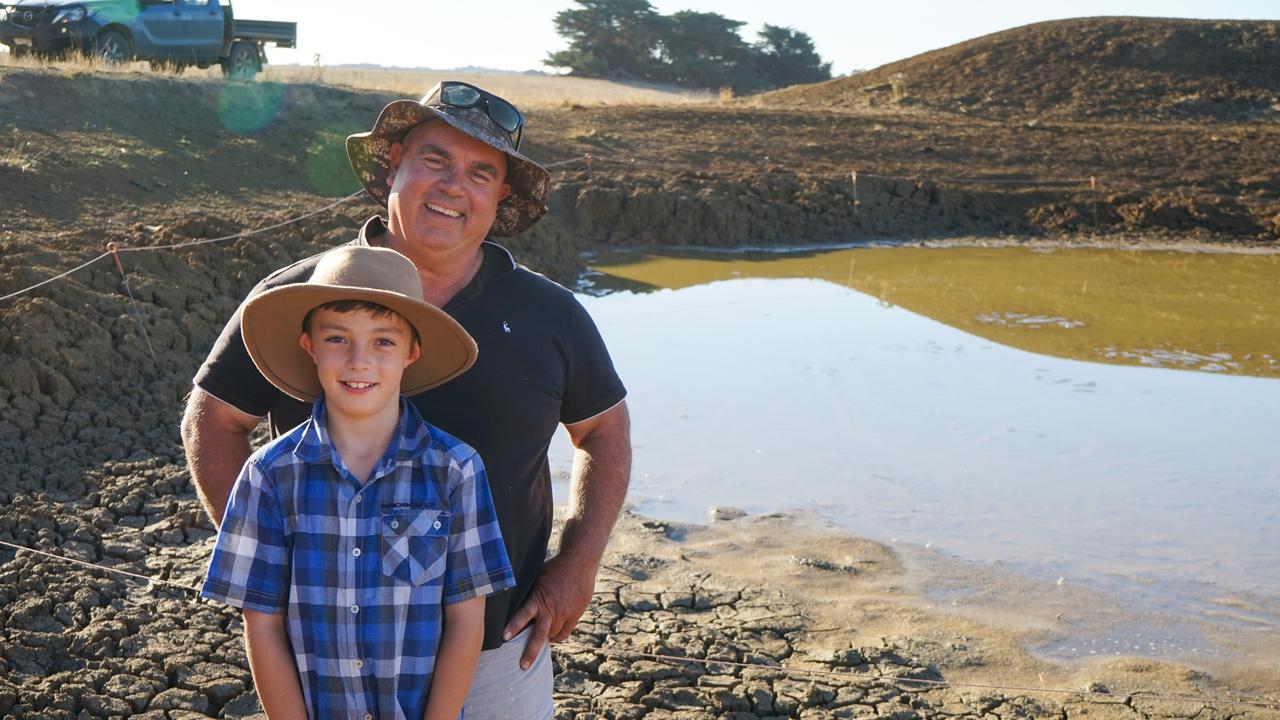Dingo ideology: DEECA eco-zealots take over wild dog debate
Ideology, not science, has taken over the debate on dingo protection in Victoria, writes Peter Hunt.

In 2019 the International Union for Conservation of Nature removed the dingo from its red list of threatened species.
The IUCN’s canid specialist group of experts in canid taxonomy, evolution, biology and conservation concluded dingoes “are feral domestic dogs, Canis familiaris” and “therefore they should not be assessed for the IUCN Red List”.
The Australian Mammal Society also list dingoes as dogs, Canis familiaris, stating the “weight of evidence strongly suggests that dingoes should not be considered as a different species from domestic dogs” and “the evidence does not suggest the dingo is a unique divergent lineage from the New Guinea singing dog or southeast Asian dogs”, which are widespread.
Crucially the society states “the dingo is as genetically divergent from other domestic dogs as they are to each other”.
Add to that the fact that the oldest dingo remains found in Australia are dated 3348 and 3081 years old and you have to agree with the IUCN that these Asian imports “are feral domestic dogs”.
But these facts have not stopped Victorian government bureaucrats advising Environment Minister Steve Dimopoulos and Agriculture Minister Ros Spence that dingoes are not only threatened, but a species in their own right, which they call Canis lupus dingo.
It’s fascinating to see how these Department of Energy, Environment and Climate Action bureaucrats are manipulating the narrative.
In September DEECA launched a major review into ending wild-dog control on public land within 3kms of private property boundaries, which will somehow survey the population within a few months.
One of the key triggers for the review is University of NSW researcher Kylie Cairns genetic testing of 307 wild dogs, in which she concluded “essentially, all the wild dogs were dingoes”.
If that’s the case then farmers need to ask Ministers Dimopoulos and Spence: How can dingoes be listed as threatened in Victoria?
Farmers also need to ask: How does the baiting, trapping and shooting wild dogs, which is restricted to 1.7 million hectares of public land within 3kms of private properties, threaten wild-dogs that can range across 4.7m ha of state forests, parks and reserves in eastern Victoria and the far northwest?
There is also no evidence that wild dogs are in decline, given Victoria’s 20 doggers have been killing 550 to 600 wild dogs each year for the past decade.
If anything we need to know if Victoria’s million-strong feral deer population is helping feed a growing wild dog population.
Lastly we have DEECA bureaucrats and wild dog protection groups arguing they are a critical apex predator that control feral cats and foxes.
Yet a recent review of the 76 studies into dingoes predatory behaviour found only eight were capable of assessing their ability to control cats and foxes, which all “consistently demonstrated that dingoes do not suppress mesopredators”.
We all need to ask why our ministers have allowed a small group of DEECA eco-zealots to run this review behind closed doors, with no public submissions and no accountability?
Peter Hunt is a senior reporter for The Weekly Times.




